Antares / M4 En Escorpio.
Antares / M4 en Escorpio.
Poco fuera de foco, disparado con una lente 360 mm f / 6 con un viejo Canon Rebel 400 D, pero todavía muestra la enorme nube de polvo cerca de Antares.
Crédito: Robert Reeves

More Posts from Glaretum and Others
El Sol y sus manchas solares desde Alicante, España 🇪🇸
Crédito: Jordi L. Coy
https://instagram.com/jordicoy_astrophoto

Stars Make Firework Supplies!
The next time you see fireworks, take a moment to celebrate the cosmic pyrotechnics that made them possible. From the oxygen and potassium that help fireworks burn to the aluminum that makes sparklers sparkle, most of the elements in the universe wouldn’t be here without stars.
From the time the universe was only a few minutes old until it was about 400 million years old, the cosmos was made of just hydrogen, helium and a teensy bit of lithium. It took some stellar activity to produce the rest of the elements!

Stars are element factories
Even after more than 13 billion years, the hydrogen and helium that formed soon after the big bang still make up over 90 percent of the atoms in the cosmos. Most of the other elements come from stars.

Stars began popping into the universe about 400 million years after the big bang. That sounds like a long time, but it’s only about 3% of the universe’s current age!
Our Nancy Grace Roman Space Telescope will study the universe’s early days to help us learn more about how we went from a hot, soupy sea of atoms to the bigger cosmic structures we see today. We know hydrogen and helium atoms gravitated together to form stars, where atoms could fuse together to make new elements, but we're not sure when it began happening. Roman will help us find out.

The central parts of atoms, called nuclei, are super antisocial – it takes a lot of heat and pressure to force them close together. Strong gravity in the fiery cores of the first stars provided just the right conditions for hydrogen and helium atoms to combine to form more elements and generate energy. The same process continues today in stars like our Sun and provides some special firework supplies.
Carbon makes fireworks explode, helps launch them into the sky, and is even an ingredient in the “black snakes” that seem to grow out of tiny pellets. Fireworks glow pink with help from the element lithium. Both of these elements are created by average, Sun-like stars as they cycle from normal stars to red giants to white dwarfs.
Eventually stars release their elements into the cosmos, where they can be recycled into later generations of stars and planets. Sometimes they encounter cosmic rays, which are nuclei that have been boosted to high speed by the most energetic events in the universe. When cosmic rays collide with atoms, the impact can break them apart, forming simpler elements. That’s how we get boron, which can make fireworks green, and beryllium, which can make them silver or white!

Since massive stars have even stronger gravity in their cores, they can fuse more elements – all the way up to iron. (The process stops there because instead of producing energy, fusing iron is so hard to do that it uses up energy.)
That means the sodium that makes fireworks yellow, the aluminum that produces silver sparks (like in sparklers), and even the oxygen that helps fireworks ignite were all first made in stars, too! A lot of these more complex elements that we take for granted are actually pretty rare throughout the cosmos, adding up to less than 10 percent of the atoms in the universe combined!
Fusion in stars only got us through iron on the periodic table, so where do the rest of our elements come from? It’s what happens next in massive stars that produces some of the even more exotic elements.

Dying stars make elements too!
Once a star many times the Sun’s mass burns through its fuel, gravity is no longer held in check, and its core collapses under its own weight. There, atoms are crushed extremely close together – and they don’t like that! Eventually it reaches a breaking point and the star explodes as a brilliant supernova. Talk about fireworks! These exploding stars make elements like copper, which makes fireworks blue, and zinc, which creates a smoky effect.
Something similar can happen when a white dwarf star – the small, dense core left behind after a Sun-like star runs out of fuel – steals material from a neighboring star. These white dwarfs can explode as supernovae too, spewing elements like the calcium that makes fireworks orange into the cosmos.

When stars collide
White dwarfs aren’t the only “dead” stars that can shower their surroundings with new elements. Stars that are too massive to leave behind white dwarfs but not massive enough to create black holes end up as neutron stars.
If two of these extremely dense stellar skeletons collide, they can produce all kinds of elements, including the barium that makes fireworks bright green and the antimony that creates a glitter effect. Reading this on a phone or computer? You can thank crashing dead stars for some of the metals that make up your device, too!

As for most of the remaining elements we know of, we've only seen them in labs on Earth so far.
Sounds like we’ve got it all figured out, right? But there are still lots of open questions. Our Roman Space Telescope will help us learn more about how elements were created and distributed throughout galaxies. That’s important because the right materials had to come together to form the air we breathe, our bodies, the planet we live on, and yes – even fireworks!
So when you’re watching fireworks, think about their cosmic origins!
Learn more about the Roman Space Telescope at: https://roman.gsfc.nasa.gov/
Make sure to follow us on Tumblr for your regular dose of space: http://nasa.tumblr.com
Esta imagen etérea captura un halo lunar en un raro cielo nublado sobre el Observatorio Paranal de ESO. Lo sobrenatural de esta imagen, obtenida en el Very Large Telescope (VLT) de ESO en el norte de Chile, se debe a una combinación de fenómenos de luz natural y artificial. Este fenómeno óptico se crea cuando la luz de la luna es refractada por millones de pequeños cristales de hielo y gotas de agua en la atmósfera circundante.
Estos halos son bastante comunes; sin embargo, requieren bastante luz para aparecer, por lo que la Luna debe estar en una posición específica con respecto a la Tierra y al Sol para reflejar suficiente luz para producir un anillo fino como este. Este halo particular comprende múltiples bandas de colores que se forman de la misma manera que en un arco iris: la luz de diferentes longitudes de onda se refracta en cantidades variables. La luz blanca se divide así en sus partes constituyentes, dispersándose para crear un espectro de colores visualmente distintos.
Crédito: Juan Carlos Muñoz-Mateos / ESO

Cometa Neowise
🗓️ Octubre 2020
📸 Tomasz Arciszewski
@arciszz
~Félicette

What’s Inside a ‘Dead’ Star?
Matter makes up all the stuff we can see in the universe, from pencils to people to planets. But there’s still a lot we don’t understand about it! For example: How does matter work when it’s about to become a black hole? We can’t learn anything about matter after it becomes a black hole, because it’s hidden behind the event horizon, the point of no return. So we turn to something we can study – the incredibly dense matter inside a neutron star, the leftover of an exploded massive star that wasn’t quite big enough to turn into a black hole.

Our Neutron star Interior Composition Explorer, or NICER, is an X-ray telescope perched on the International Space Station. NICER was designed to study and measure the sizes and masses of neutron stars to help us learn more about what might be going on in their mysterious cores.

When a star many times the mass of our Sun runs out of fuel, it collapses under its own weight and then bursts into a supernova. What’s left behind depends on the star’s initial mass. Heavier stars (around 25 times the Sun’s mass or more) leave behind black holes. Lighter ones (between about eight and 25 times the Sun’s mass) leave behind neutron stars.

Neutron stars pack more mass than the Sun into a sphere about as wide as New York City’s Manhattan Island is long. Just one teaspoon of neutron star matter would weigh as much as Mount Everest, the highest mountain on Earth!

These objects have a lot of cool physics going on. They can spin faster than blender blades, and they have powerful magnetic fields. In fact, neutron stars are the strongest magnets in the universe! The magnetic fields can rip particles off the star’s surface and then smack them down on another part of the star. The constant bombardment creates hot spots at the magnetic poles. When the star rotates, the hot spots swing in and out of our view like the beams of a lighthouse.

Neutron stars are so dense that they warp nearby space-time, like a bowling ball resting on a trampoline. The warping effect is so strong that it can redirect light from the star’s far side into our view. This has the odd effect of making the star look bigger than it really is!

NICER uses all the cool physics happening on and around neutron stars to learn more about what’s happening inside the star, where matter lingers on the threshold of becoming a black hole. (We should mention that NICER also studies black holes!)

Scientists think neutron stars are layered a bit like a golf ball. At the surface, there’s a really thin (just a couple centimeters high) atmosphere of hydrogen or helium. In the outer core, atoms have broken down into their building blocks – protons, neutrons, and electrons – and the immense pressure has squished most of the protons and electrons together to form a sea of mostly neutrons.
But what’s going on in the inner core? Physicists have lots of theories. In some traditional models, scientists suggested the stars were neutrons all the way down. Others proposed that neutrons break down into their own building blocks, called quarks. And then some suggest that those quarks could recombine to form new types of particles that aren’t neutrons!

NICER is helping us figure things out by measuring the sizes and masses of neutron stars. Scientists use those numbers to calculate the stars’ density, which tells us how squeezable matter is!
Let’s say you have what scientists think of as a typical neutron star, one weighing about 1.4 times the Sun’s mass. If you measure the size of the star, and it’s big, then that might mean it contains more whole neutrons. If instead it’s small, then that might mean the neutrons have broken down into quarks. The tinier pieces can be packed together more tightly.

NICER has now measured the sizes of two neutron stars, called PSR J0030+0451 and PSR J0740+6620, or J0030 and J0740 for short.
J0030 is about 1.4 times the Sun’s mass and 16 miles across. (It also taught us that neutron star hot spots might not always be where we thought.) J0740 is about 2.1 times the Sun’s mass and is also about 16 miles across. So J0740 has about 50% more mass than J0030 but is about the same size! Which tells us that the matter in neutron stars is less squeezable than some scientists predicted. (Remember, some physicists suggest that the added mass would crush all the neutrons and make a smaller star.) And J0740’s mass and size together challenge models where the star is neutrons all the way down.

So what’s in the heart of a neutron star? We’re still not sure. Scientists will have to use NICER’s observations to develop new models, perhaps where the cores of neutron stars contain a mix of both neutrons and weirder matter, like quarks. We’ll have to keep measuring neutron stars to learn more!
Keep up with other exciting announcements about our universe by following NASA Universe on Twitter and Facebook.
Make sure to follow us on Tumblr for your regular dose of space: http://nasa.tumblr.com.
Conectado a tierra bajo las estrellas
El MV Alta quedó encallado en el oeste de Cork después de ser un barco fantasma por 18 meses.
Quedó alineado perfecto para el arco de la Vía Láctea. Esta es la tercera vez que el autor tiene suerte de poder fotografiarlo junto a la Vía Láctea.
📸 Keith
Ig: https://instagram.com/mc_snap_agram
📷 Cielo 2x8 filas ISO 6400 15seg 4 disparos en cada panel
Primer plano 14 mm ISO 3200 x 10 30 segundos y apilado
~Félicette

Vía láctea desde Hutchins Creek
Crédito: John O'Connell
John O'Connell Photography
www.flyingbytheseatofourplans.blogspot.com

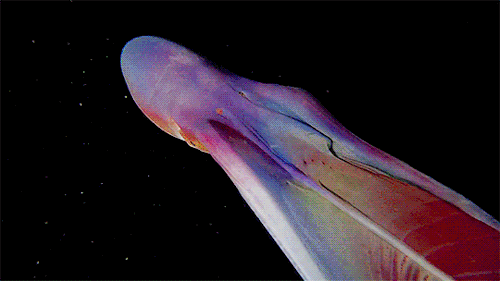
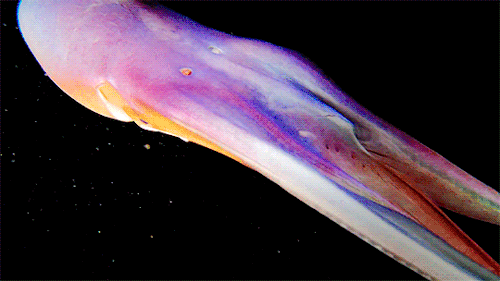
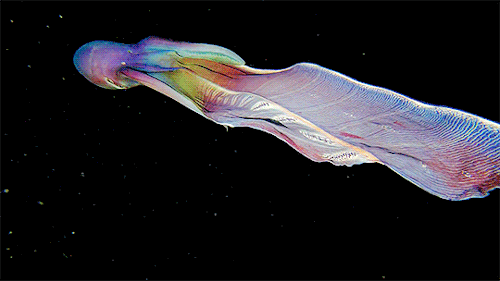
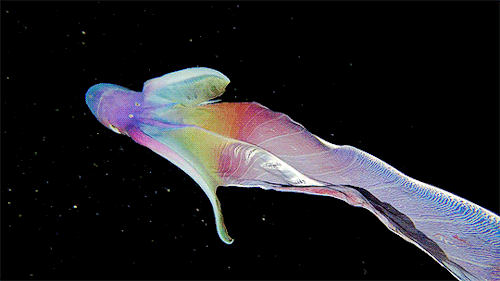
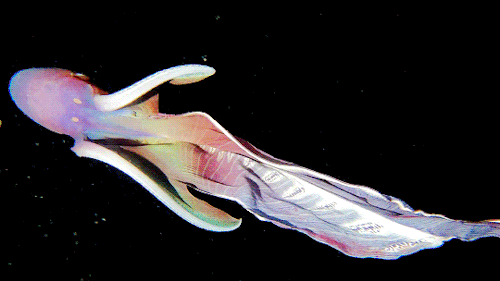
A close up of the Blanket Octopus during a blackwater dive with The Three P diving club , Romblon Island, Philippines. Credit: Joseph Elayani

Glaretum fundado en el 2015 con el objetivo de divulgar la ciencia a través de la Astronomía hasta convertirnos en una fuente de conocimiento científico veraz siendo garantía de información seria y actualizada.
248 posts

